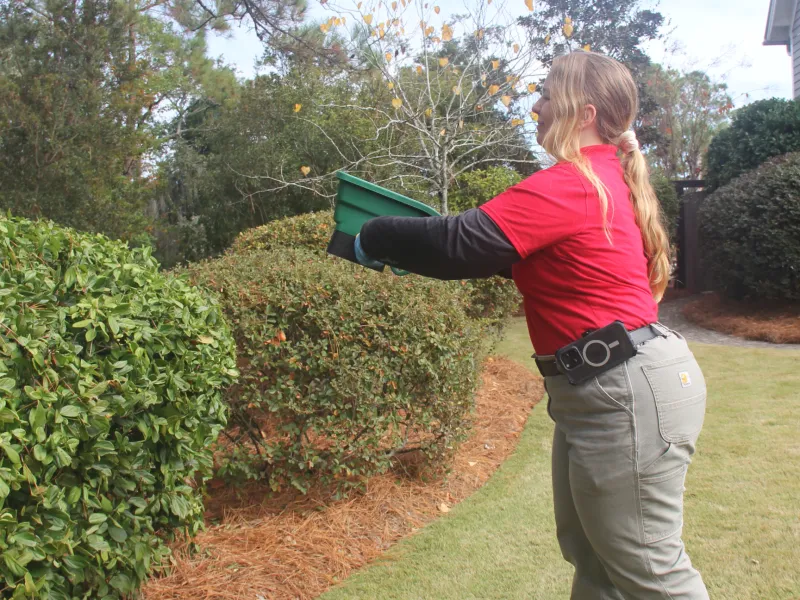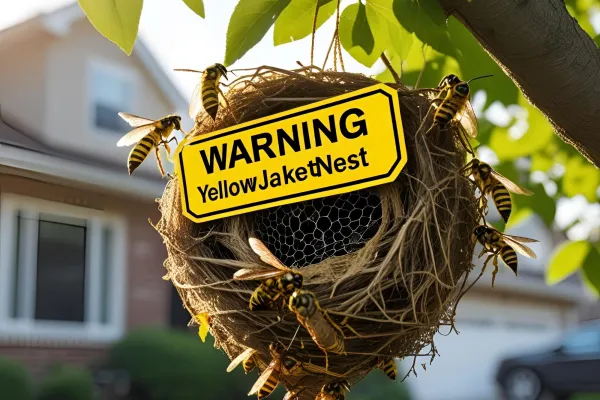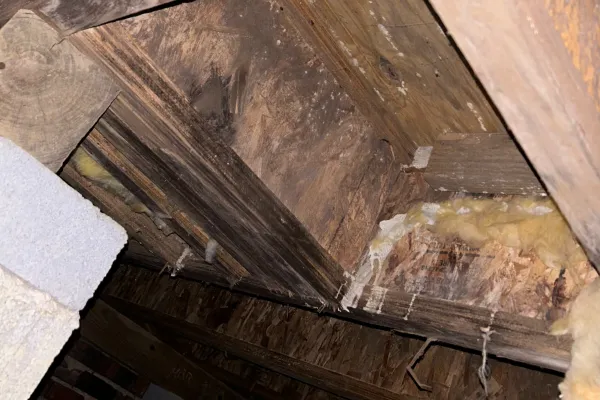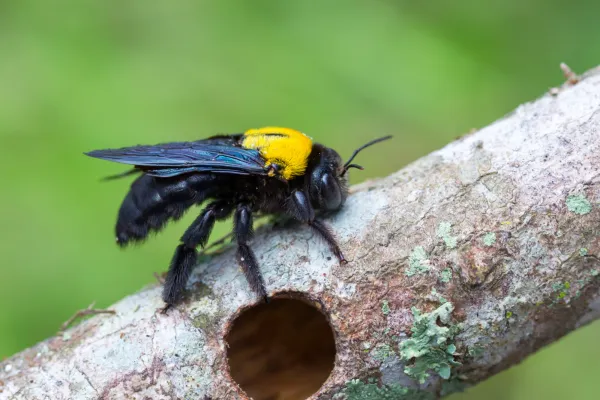What is Integrated Pest Management

At Palmetto Exterminators, our dedication goes beyond simply eliminating pests; we strive to deliver the most effective and environmentally responsible pest control solutions. We use Integrated Pest Management (IPM), a comprehensive approach combining effective pest control and responsible practices. Keep reading if you're wondering what IPM is, how it works, and its origins.
What is Integrated Pest Management (IPM)?
Integrated Pest Management (IPM) is a holistic approach to pest control that focuses on long-term prevention and management of pests through a combination of techniques. Instead of relying solely on chemicals, IPM combines biological, cultural, physical, and chemical methods to control pests in the most efficient and environmentally friendly way possible. The goal is to minimize the use of pesticides while still effectively managing pest populations.
Before the industry adopted Integrated Pest Management (IPM), pest control was primarily reactive—treating pests only after they became a problem. However, IPM shifts the focus to proactive prevention. By studying the life cycles of pests and understanding how they interact with their environment, pest management professionals can implement strategies that stop infestations before they start. This includes addressing the root causes of pest issues, such as sealing entry points, improving sanitation, and making your property less attractive to pests. With IPM, the goal is not just to eliminate pests but to create a long-term solution that keeps them from returning.
How Does IPM Work?
IPM is not a single method but rather a series of steps that help pest control companies manage pests in an effective and responsible way. Here's a breakdown of how we apply Integrated Pest Management practices at Palmetto Exterminators:
Inspection and Monitoring: The first step in IPM is thoroughly inspecting the property. We identify and address potential problem areas and monitor the pest activity over time. This allows us time to understand the pests we're dealing with and their behavior patterns.
Identification: Once we've identified the pests, we determine the species and understand their biology. This step is crucial because different pests require different management strategies.
Prevention: Prevention is a core component of IPM. By addressing the underlying causes of pest problems—such as poor sanitation, improper food storage, or structural vulnerabilities—we can reduce the chances of pests becoming a problem in the first place. This might involve sealing entry points, improving drainage, or removing food and water sources.
Control Methods: If pest populations are already established, we use a combination of control methods to manage them, including:
Cultural Control: Cultural methods involve altering the environment to make it less hospitable to pests. This may include recommendations for plant rotation, proper landscaping, or changing irrigation practices to reduce moisture that attracts pests.
Physical Control: Physical methods include traps, barriers, or mechanical removal of pests. These techniques are often used to physically block pests from entering your home or property.
Chemical Control: We use targeted chemical treatments to minimize risks to humans, pets, and the environment to control pests.
Evaluation and Follow-Up: After implementing control methods, we continue to monitor the situation and evaluate the effectiveness of our approach. If needed, we adjust our strategies to ensure pest populations are controlled. This ongoing process helps prevent future infestations and ensures our methods remain effective.
The Origins of IPM
The concept of Integrated Pest Management has its roots in the mid-20th century. Before IPM, pest control relied heavily on chemical pesticides, particularly after the widespread use of synthetic pesticides like DDT during and after World War II. While these chemicals were initially seen as miracle solutions, it soon became apparent that they had severe drawbacks, including environmental damage, harm to non-target species, and the development of pesticide-resistant pests.
In response to these challenges, scientists and agricultural experts began exploring alternative pest control approaches. "Integrated Pest Management" was first coined in the 1960s as researchers recognized the need for a more sustainable, science-based approach that integrated multiple pest control methods.
Over time, IPM gained traction, particularly in agriculture, where it was used to manage crop pests in a way that reduced reliance on chemical pesticides. The principles of IPM were later adopted in other settings, including urban pest control, where the focus shifted to managing pests in homes, businesses, and public spaces.
Today, IPM is recognized as a best practice in pest management, offering a balanced approach that protects people, pets, and the environment. At Palmetto Exterminators, we're proud to use IPM principles to provide our customers with safe, effective, and responsible pest control solutions.
Why Choose IPM with Palmetto Exterminators?
By choosing Palmetto Exterminators, you're choosing a company that prioritizes your health, home, and the environment. Our IPM approach ensures that we manage pests responsibly, reducing the need for chemical treatments and focusing on long-term prevention.
Whether you're dealing with ants, termites, or other pests, our team is here to help. Let's work together to keep your home worry-free from pests year-round.


